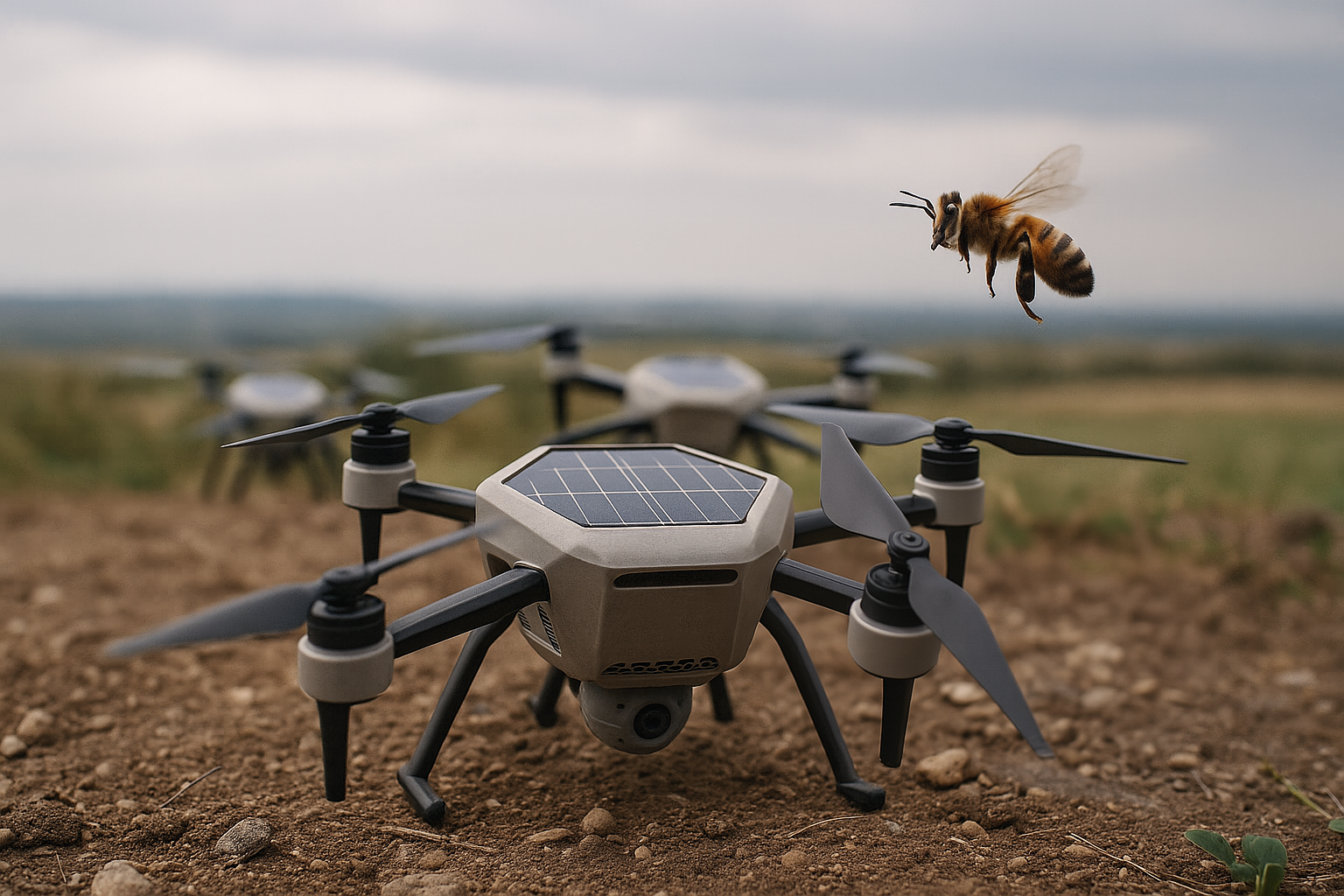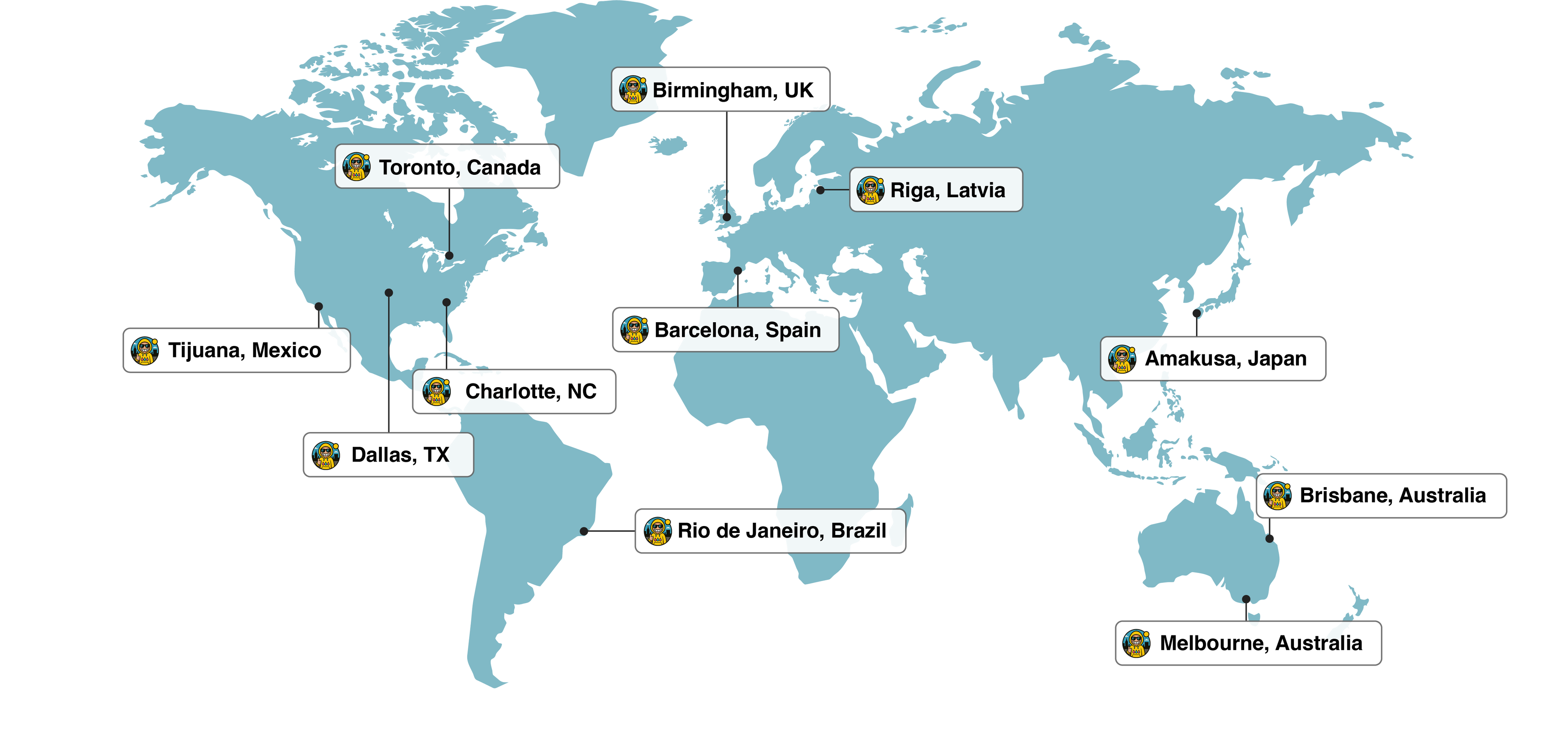Introduction
Swarm robotics—also known as collective robotics or swarm intelligence—embraces biomimicry in robotics, taking inspiration from ant colonies, bee swarms, and fish schools to develop systems of animal-inspired robots that work together to accomplish complex tasks. This bio-inspired robotics approach delivers scalability, robustness, and adaptability, which are essential for applications such as search-and-rescue, environmental monitoring, and beyond.
Bio-Inspired Swarm Intelligence in Action
At the core of swarm robotics is swarm intelligence: large groups of simple robots governed by decentralized control. Through local sensing and communication, these robots display emergent group behaviors, much like social insects that collectively manage resources or ensure colony survival. Recent advances include the deployment of 100 drones by a Hungarian team, each autonomously avoiding collisions and coordinating movement by mimicking animal trajectories. Their approach is scalable up to 5,000 units using only onboard decision-making—eliminating the need for centralized infrastructure (AP News report).
Real-World Applications: Efficiency and Robustness
Search & Rescue
Modern systems such as REACT incorporate energy-awareness into cooperative search robots. In simulated indoor emergencies, these robots adapt their search patterns in real time, improving coverage to nearly 97–100% while conserving battery power and extending mission duration by approximately 10% compared to traditional methods (MDPI Energies review). Decentralized drone swarms can quickly scan disaster zones, locate survivors, and deliver live situational intelligence without exposing human operators to risk.
Environmental Monitoring
Swarm robotics is increasingly used for ecosystem surveillance, from UAV swarms monitoring wildfire areas to underwater robots assessing water quality and marine biodiversity. Energy-optimized coverage path planning (CPP) based on ant colony optimization (ACO) algorithms reduces power consumption by up to 22% while maintaining full area coverage during inspections, such as those for photovoltaic plants.
Planetary Exploration & Beyond
Hybrid hierarchical architectures, inspired by social insects, employ a 'queen' robot to provide high-level strategic guidance to multiple semi-autonomous workers. This model supports adaptive, distributed exploration in unstructured environments such as planetary surfaces.
Energy & Power: Towards Autonomous and Sustainable Robots
Energy autonomy and self-powered robots are vital for untethered swarms operating in remote or harsh environments. Swarm systems now increasingly leverage robotic energy harvesting and advanced battery technology—including solar- and wind-powered units, distributed energy architectures, and advanced robot power management—to support low-energy AI platforms. Neuromorphic processors and event-driven sensors enable low-power AI for robots, further extending mission duration. Innovations in biorobotics include microbial fuel cell robots (EcoBots) that convert biomass into usable energy. Looking ahead, sustainable robotics design is moving toward eco-friendly robots that use soft, bio-inspired actuators and sensors (e.g., artificial muscles, electronic skin) to achieve energy-efficient locomotion with passive dynamics, as well as wireless charging for continuous operation.
Emerging Trends and Research Directions
-
Collective Behavior Cloning (CBC): Frameworks that learn interaction graphs and local control policies from swarm trajectory data using visual-attention networks are enhancing predictive modeling for real-world, decentralized robotic systems (arXiv CBC paper, March 2025).
-
Decentralized Swarms Without Communication: Novel systems using visual detection, such as UVDAR, for neighbor identification can function without explicit communication, increasing scalability and resilience in UAV swarms.
-
Swarm Perception in Dynamic Environments: The latest research reviews highlight the enablers of robust collective perception and decision-making in challenging, multi-modal environments ranging from disaster areas to industrial facilities.
Conclusion
Inspired by the collective intelligence of nature, swarm robotics is poised to revolutionize critical sectors by distributing workload and energy use across many self-powered units. In disaster response, environmental monitoring, or extraterrestrial exploration, biomimicry leads to more efficient, robust, and sustainable robotics design. The synergy of renewable energy integration, soft bio-inspired materials, and low-power AI hardware is powering the emergence of a new generation of energy-autonomous robot swarms.


